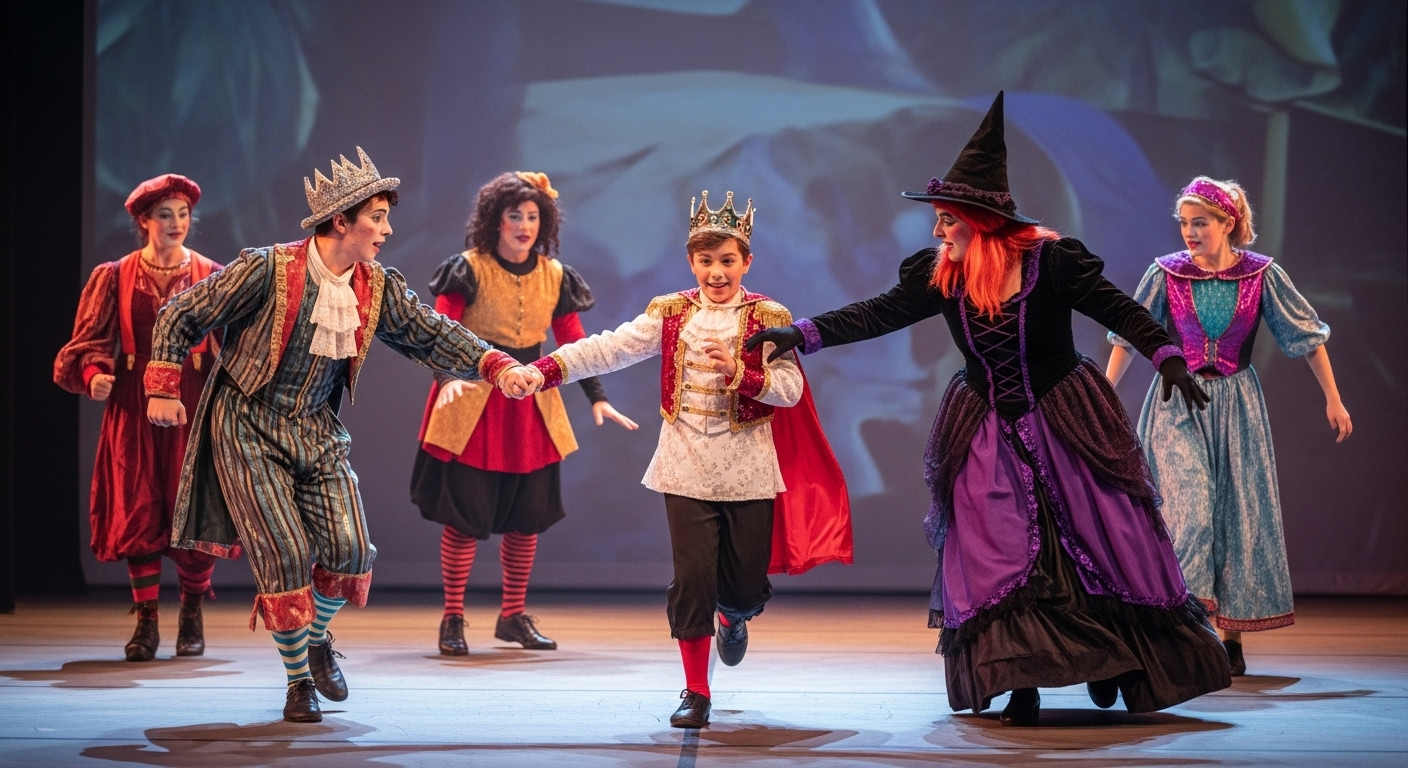Pantomime: The Silent Language of the Stage
Introduction: Welcome to the world of pantomime, a theatrical art form that speaks volumes without uttering a single word. This article delves into the rich history, current developments, and the influential impact pantomime has had on the arts and entertainment industry.

Pantomime: The Silent Charm
Pantomime, derived from the Greek words “panto” (all) and “mimos” (imitator), is a unique form of theatrical expression that communicates stories through movements and gestures without the aid of spoken words. Its origins can be traced back to ancient Greece, where it was used as a narrative device in theatrical productions. The art form evolved over centuries, finding profound resonance in the silent film era and influencing modern physical theatre.
The Evolution: From Silent Films to Modern Stage
The silent film era, from the late 1890s to the 1920s, was a golden age for pantomime. Silent film stars like Charlie Chaplin and Buster Keaton utilized pantomime techniques to evoke laughter and tears from audiences, mastering the art of silent storytelling. This era greatly contributed to the development and popularity of pantomime, setting a standard for future physical comedians and actors.
In recent years, pantomime has seen a resurgence in popularity. Modern theatre companies are incorporating pantomime into their productions, creating a fusion of traditional and contemporary styles. This unique blend has introduced a whole new generation to the silent charm of pantomime.
Impact and Significance: Beyond the Laughter
While pantomime is often associated with comedy, its impact extends well beyond laughter. It has a unique ability to transcend language barriers, making it universally accessible. Pantomime can also evoke empathy, as audiences are encouraged to read the performers’ body language and facial expressions, enabling a deeper emotional connection.
Reception: A Silent Applause
The reception of pantomime in the arts and entertainment industry has been largely positive. Critics laud its versatility and its ability to entertain audiences of all ages and backgrounds. Furthermore, it has been recognized for its contributions to the development of physical theatre and its influence on modern performers.
Pantomime Today: The Silent Future
Today, pantomime continues to enchant audiences worldwide. As theatre companies seek to innovate and enrich their theatrical repertoire, pantomime’s potential for creative storytelling is increasingly recognized. Its enduring appeal lies in its simplicity, its universal accessibility, and its unique ability to speak volumes without uttering a single word.
In conclusion, pantomime is a timeless art form that continues to captivate audiences with its silent charm. Its rich history, current resurgence, and profound impact on the arts and entertainment industry make it a fascinating subject of study and appreciation. As we look to the future, the silent language of pantomime is set to continue its enchanting dialogue with audiences worldwide.






